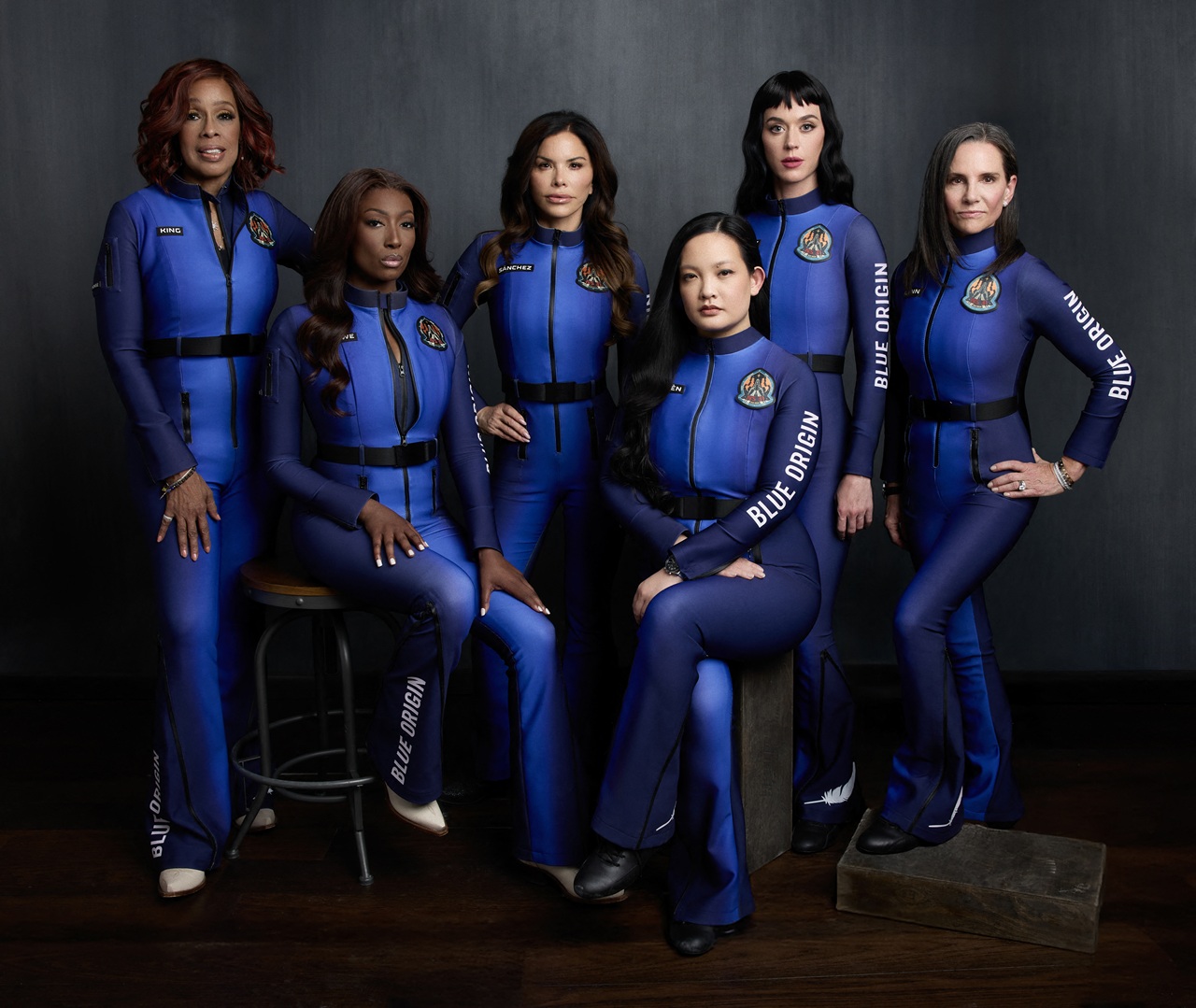
Latinos, an underrepresented population in the media
A new report revealed that they are portrayed according to old stereotypes.
According to the most recent report of the Government Accountability Office (GAO) on the representation of Latinos in film, television and other publishing entities, it only obtained 1% of growth in the last ten years.
The report presented in 2021 by this office revealed that Latinos only represent 12% of the media workforce and 4% of managers in the sector, despite constituting 18% of the total workforce in the United States.
New findings
The latest report offers a deeper analysis of the data on the representation of Latinos in the media industry during the last decade, reporting that this population only increased one percentage point between 2010 and 2019, which represents a smaller increase compared to all other sectors which grew by 3%.
RELATED CONTENT
In addition, the report presents possible solutions that federal agencies could take to help increase diversity in the industry.
"This invisibility means that Americans don't know who Latinos are or how we have contributed to our nation's success. This year's report will be a call to action to achieve greater Latino representation in the media and allow Latino narrative to be finally a part of the larger American narrative," stated to CNN Rep. Joaquin Castro, a Democrat from Texas, who led an effort in Congress to investigate the state of diversity in media.
Report Conclusions
Putting the national spotlight on the industry's failure to recruit and retain Latino talent, and highlighting the need for society to see the diverse perspectives of all U.S. communities reflected in the media, these are some of the issues highlighted on the report:
- It is essential for society to represent those diverse perspectives from the top down.
- Media companies have financial incentives to promote representative parity.
- A Nielsen report revealed that Latino viewers spent more time watching shows that featured Latino representation behind and in front of the camera.
- According to the report, 19% of Latinos who work in the media are service workers, compared to 3% who hold managerial positions.
- Latinas have even starker disparities in industry representation. The only roles in which they are more represented than men are news analysts/journalists and writers/authors, outperforming men by just 1% in both sectors.
- Latinos face several different challenges to access jobs in this industry, such as financial and educational barriers.
Guilty ones?
According to the authors of the report, one of the causes that increases this low representation lies in the way the federal government applies the laws in favor of equal employment opportunities and against discrimination.
To apply a better approach, GAO researchers recommend that the Equal Employment Opportunity Commission (EEOC) share discrimination complaint filing reports with the Federal Communications Commission (FCC), which can audit and sanction the companies previously indicated by the first organism.











LEAVE A COMMENT: